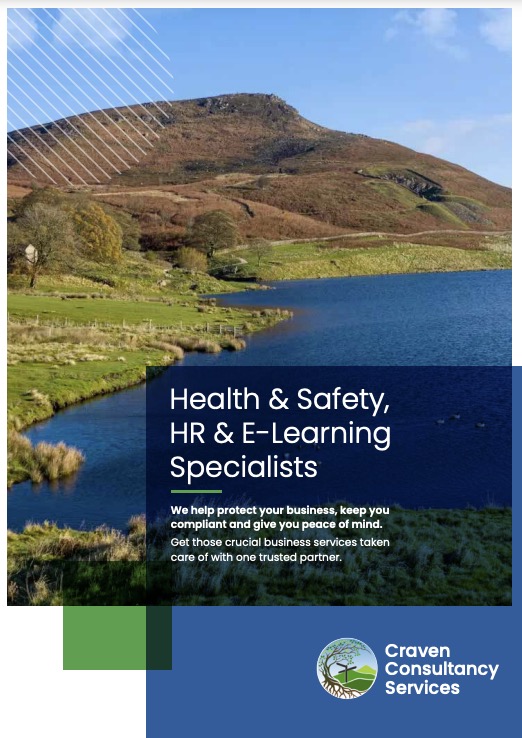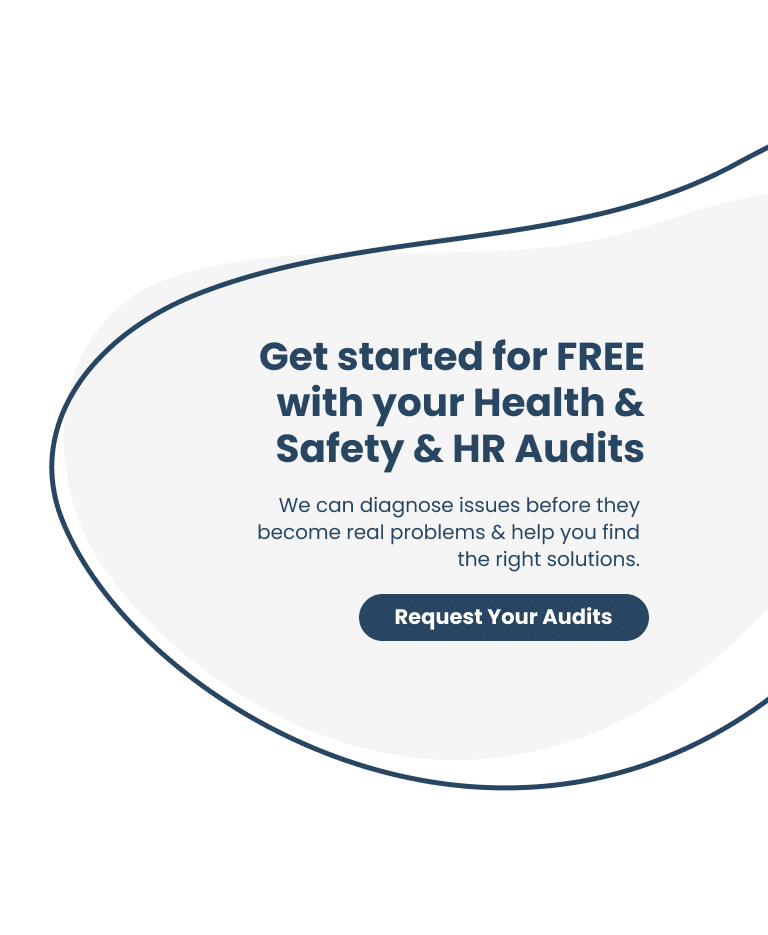Greater protection for workers
On 26 October 2024, a change to the law in the Worker Protection (Amendment of Equality Act 2010) Act 2023 will come into force.
This new legislation introduces greater protection to workers from sexual harassment and marks an important shift in how sexual harassment at work should be addressed.
Sexual harassment
Until now, the onus was on individual workers to make a complaint if they experienced sexual harassment. For the first time, employers will have a proactive legal duty to take reasonable steps to prevent sexual harassment of their workers.
Crucially the new legal duty will also require employers to protect their workers from harassment by a third party, such as a customer, client, patient, or member of the public. This concern was highlighted in the TUC poll, which found 52% of women aged 18 to 34 said they had experienced harassment from a third party while at work.
The Worker Protection (Amendment of Equality Act 2010) Act 2023 is due to come into force on 26 October 2024. The Act provides for the following:
- A new s.40A is inserted in the Equality Act 2010 to create a positive duty on employers to prevent sexual harassment of their employees.
- Employers must “take reasonable steps to prevent sexual harassment” of their employees in the course of their employment. “Reasonable steps” will depend on the specific circumstances of the employer, including its size and sector and other relevant facts.
- The EHRC may enforce a standalone breach of the duty as an unlawful act under its existing enforcement powers.
- Employment tribunals cannot consider standalone breaches of the duty. However, where a tribunal finds in a sexual harassment claim that sexual harassment has occurred “to any extent” and that the employer breached the duty, they will have the power to increase compensation by up to 25%.
The EHRC has included information on the new preventative duty in its guidance on sexual harassment and harassment at work, updated on 26 September 2024. The EHRC’s guidance states that the preventative duty also requires employers to take reasonable steps to prevent sexual harassment of their staff by third parties, such as clients, customers, contractors and freelancers. However, while the preventative duty includes third-party harassment, the Act does not give employees the right to bring a stand-alone claim in the employment tribunal for third-party harassment.
What steps should employers take?
Steps Employers Should Take
- Review Existing Policies & Offer Training
- Develop Clear Reporting Procedures
- Incident Reporting Mechanism: Establish a straightforward process for employees to report incidents of harassment or discrimination. Ensure that employees know how to raise concerns confidentially and safely.
- Investigative Procedures: Outline how reports will be investigated, ensuring prompt, thorough, and impartial handling of complaints.
- Sexual Harassment Training
- Training Programs: Implement training programs for all employees, especially managers, to ensure they understand the new protections under the Act and their responsibilities in creating a respectful workplace.
- Awareness Campaigns: Conduct regular workshops or seminars to raise awareness about harassment and discrimination, emphasizing the importance of a supportive workplace culture.
- Update Employee Handbooks and Contracts
- Policy Inclusion: Include references to the updated harassment and discrimination policies in employee handbooks and contracts to ensure employees are aware of their rights and responsibilities.
- Monitor and Review Workplace Culture
- Regular Surveys: Conduct anonymous employee surveys to gauge the workplace culture and identify any potential issues regarding harassment or discrimination.
- Feedback Mechanism: Encourage open dialogue about workplace culture and provide channels for employees to give feedback without fear of reprisal.
- Provide Support for Affected Employees
- Support Systems: Offer support services, such as counselling or employee assistance programs (EAPs), for employees who experience harassment or discrimination.
- Return-to-Work Plans: Create tailored return-to-work plans for employees who may need accommodations following incidents of harassment or discrimination.
- Communicate Policies and Changes
- Policy Distribution: Distribute updated policies to all employees and ensure they are easily accessible, such as through an intranet or employee handbook.
- Information Sessions: Hold information sessions to explain the changes in legislation and what they mean for employees, reinforcing the organization’s commitment to a safe and respectful workplace.
- Implement Third-Party Conduct Policies
- Customer Interaction Guidelines: Develop clear guidelines for employee interactions with customers, clients, and contractors, outlining expected behaviours and how to report any inappropriate conduct.
- Training for External Parties: Consider training programs for third parties who interact with employees to raise awareness about workplace harassment and discrimination.
Once the law change is in force, if an employment tribunal finds that a worker has been sexually harassed, it must consider whether the preventative duty has been met. If not, the employer could be ordered to pay up to an additional 25% compensation.
The sexual harassment preventative duty is a positive and proactive duty that requires employers to take reasonable steps to prevent sexual harassment of their workers. That means employers cannot just wait until an incident of sexual harassment takes place before they act.
Employers need to be on the front foot and anticipate scenarios in which workers may be at risk of sexual harassment and take action to prevent it from taking place. If sexual harassment has taken place, the preventative duty means an employer must take action to stop it repeating.
This is an ongoing process, and businesses will need to regularly reassess risk and review if any further reasonable steps can be taken to prevent sexual harassment.
What is “reasonable” will be different from one employer to another. It will depend on their resource, size and the particular risk factors present in their working environment. No employer is exempt, and everyone must take steps appropriate for an organisation of its size, resources and nature.
With this in mind, we are encouraging employers to take a risk-based approach. Organisations need to assess what controls, policies or procedures they can introduce to minimise risks that may lead to sexual harassment. These might relate to power imbalances, job insecurity, lone/night working or the presence of alcohol for example.
Risk assessments
A risk assessment can help employers assess the risk of workers being exposed to sexual harassment in the workplace and determine reasonable steps that can be taken to minimise those risks. The Equality and Human Rights Commission’s (EHRC’s) technical guidance on sexual harassment and harassment at work states that factors that could be taken into consideration when conducting a risk assessment include:
- power imbalances;
- job insecurity;
- lone working;
- the presence of alcohol;
- customer-facing duties;
- events that raise tensions locally or nationally;
- lack of diversity in the workforce; and
- workers being placed on secondment.
This form provides an example of an organisation that has assessed various risk factors specific to their own organisation. Employers will need to adapt the form to meet their own specific needs and identify risk factors that are relevant to their organisation. The risk assessment should be reviewed and updated on a regular basis.
How will the Worker Protection Act affect after-work drinks?
How will the Worker Protection Act affect after-work drinks?
https://www.personneltoday.com/hr/laboursexual-harassment-of-interns-and-volunteers-policy/
Overview
The Equality Act 2010 protects employees from harassment in respect of all protected characteristics except marriage and civil partnership, and pregnancy and maternity. However, cases of harassment in relation to pregnancy and maternity may be brought as sex-related harassment claims.
There are three forms of harassment. For all forms, the employee must show that they were subjected to unwanted contact. Unwanted conduct covers a wide range of behaviour.
The unwanted conduct must have the purpose or effect of, violating the employee’s dignity or creating an intimidating, hostile, degrading, humiliating or offensive environment.
The definition of employment under s.83(2) of the Equality Act 2010, is broader than the employment definition used for unfair dismissal and other employment claims. This means that the use of “employee” in this section should be read as including workers, apprentices, etc.
Training
We recommend that employers provide regular training to all their staff so that they understand what sexual harassment looks like, their role in preventing it, and how they will be supported should an incident occur. Employers should also ensure they take steps to deal with third-party harassment such as putting reporting mechanisms in place or assessing high-risk workplaces where staff might be left alone with customers.
Everyone should be able to work without the fear of being sexually harassed. Taking the required steps is bound to reduce the number of such incidents with the added benefit of improving workplace culture and helping employees to flourish and fulfil their potential for everyone’s benefit.
Sexual Harassment in the Workplace
By working with Craven, you’ll not only be complying with the Worker Protection (Amendment of Equality Act 2010) Act 2023, but also fostering a safer, more respectful working environment for your employees. We can help protect your organization from potential claims while promoting a proactive stance on harassment prevention.













